The Lagrange points were described in 1772, by the mathematician Joseph-Louis Lagrange, in his paper “Essay on the Three-Body Problem”.
Definition
The Lagrange points are five locations in the space, where gravitational fields of two massive bodies are in balance with the centrifugal force of a third body, whose mass is negligible in relation to the two main bodies. In balance means that forces cancel each other. A satellite, probe, or spacecraft in one of these points can keep this position without spending energy, or at least, use very little.

The 5 Lagrange points exist in any system of two bodies with great mass, like Earth and Sun, Earth and Moon, Jupiter and Sun, etc. The three first points (L1, L2, and L3) were discovered by Leonhard Euler, in 1760. While L4 and L5 were discovered by Lagrange.
The five Lagrange points and their applications
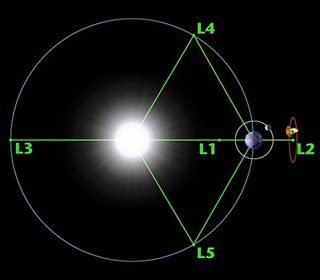
L1
This is the most obvious point, it’s located between two great bodies and has the same period of Earth. In L1 point of the Earth-Sun system, are put satellites and probes to study the Sun, like SOHO, ACE, and WIND. Also can be used to warn about coronal mass ejection and watch Earth.
L2
Just like L1, L2 is 1.5 million km (932,056 mi) from Earth in the Earth-Sun system and on the same axis. Earth’s gravitational force makes an object at this point to have the same translation period. This is the best point to put a space telescope because sunlight is blocked. Space observers Herschel and Planck, from ESA, occupy L2. The future NASA telescope, James Webb will be in this area.
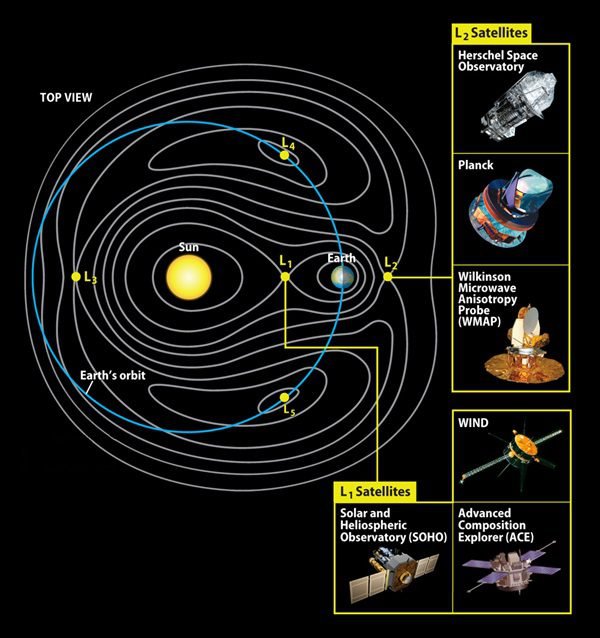
L3
This point is hidden from Earth on Sun’s opposite side. No artificial object went there yet. A possible application would be to observe the Sun in an angle not seen from Earth.
L4 and L5
The three points shown before are meta-stable, by that, if an object gets out a little from the point, the force won’t be in balance anymore. Therefore, an object will get close or far away from the pair. While L4 and L5 are stable, where balance is kept even with disturbances. In the Jupiter-Sun pair, L4 and L5 points have thousands of asteroids called Trojans.
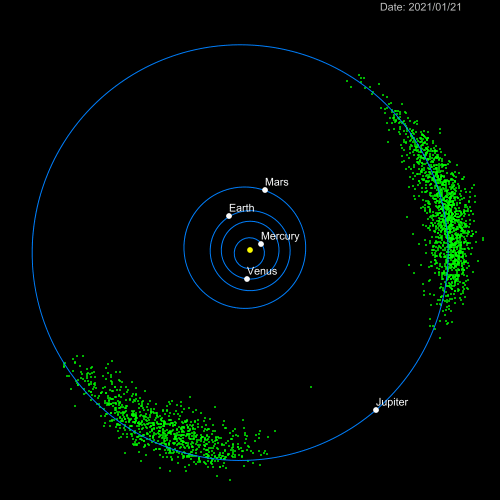
These points form a 60º angle with the three previous points’ axis and an equilateral triangle with the main bodies. Future space colonies can be established at L4 and L5 of Earth-Sun and Earth-Moon pairs.
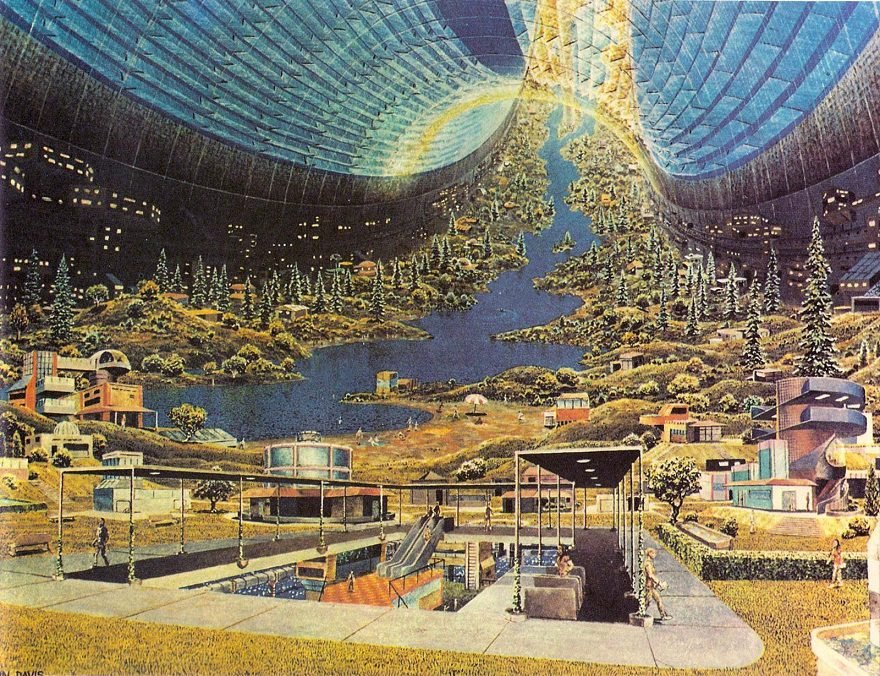
L4 and L4 points can only exist if the mass ratio between the massive bodies is above 24.96. By that, a body must be more than 24.96 heavier than another.
Orbits around Lagrange points
How many satellites are in the two first Lagrange points? Around L1 and L2, an object is in an orbit which requires a minimum of energy. These orbits are generated by gravitational, centrifugal, and Coriolis forces.
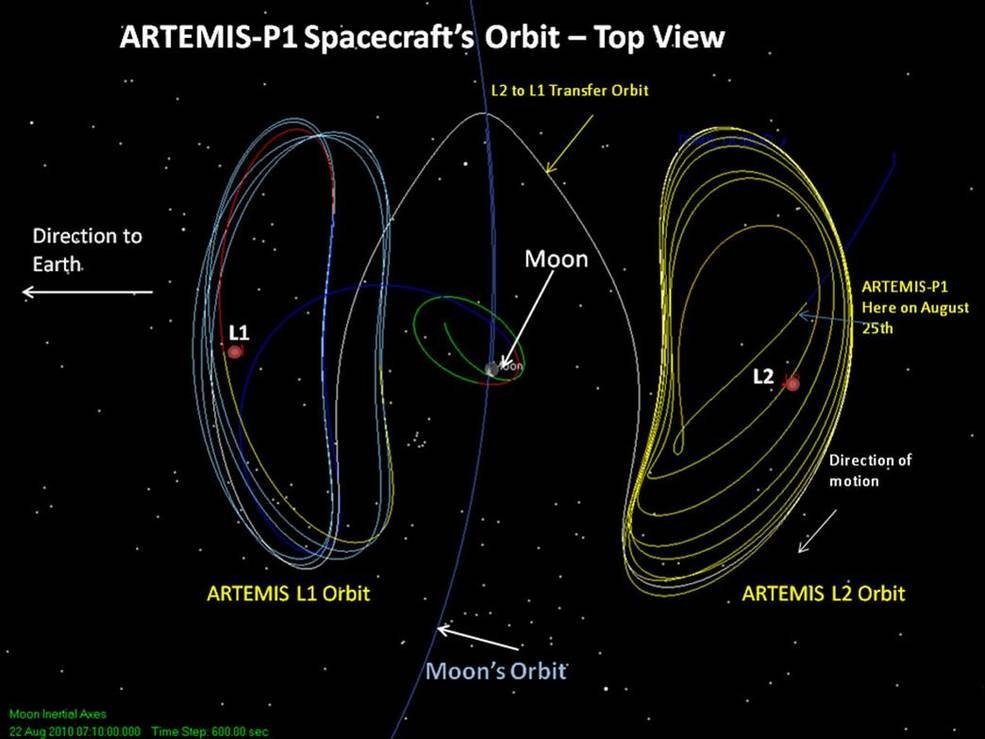
The most known orbits around Lagrange points are Halo, Lissajous, and Lyapunov. Halo type orbit is periodic and follows a circular or elliptical trajectory. The Lissajous ones are quasi-periodic, follow a path pattern, but irregular and unpredictable in the large scale.
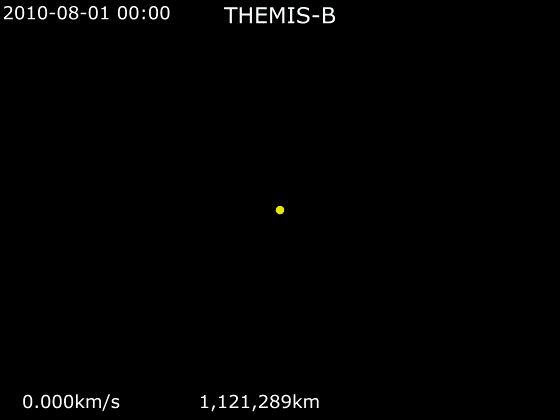
Lyapunov orbits are in the same plane of the two main bodies. In opposition to halo and Lissajous orbits which pass above and below the plane.



